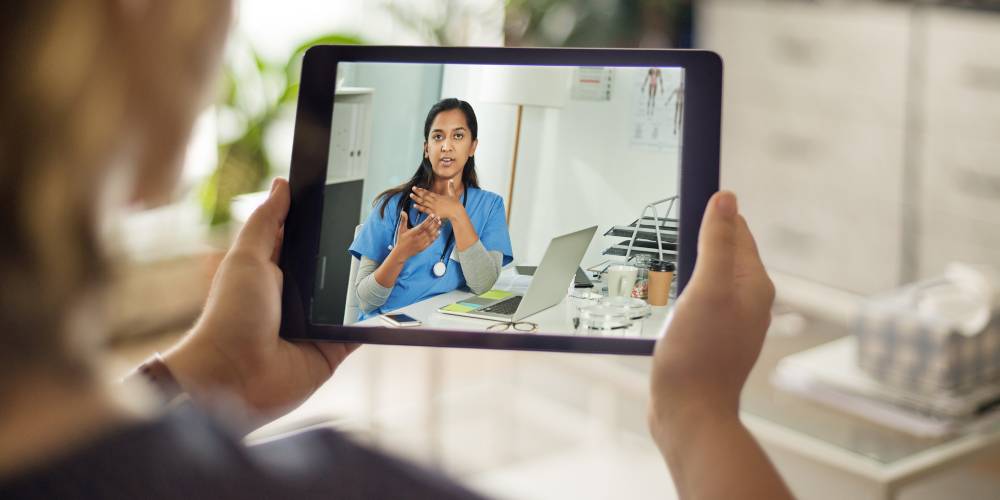
Telemedicine in India
Telemedicine provides the access to specialists and super-specialists who are located at different parts of the world. This is done through advance software application of Clinicwala having audio-visual facility and connected medical devices. It connects doctors and patients in one facility (in this case the Centre) with specialists and super-specialists in another facility. Doctors and patients in the Centre have the option of consulting these specialists and super-specialists online without incurring the cost of travel, and within a short span of time. The end result is an expert opinion from a specialist with much less cost. Telemedicine with online doctor appointment has a number of advantages, including convenience, accessibility, and cost-effectiveness. You can securely schedule your online doctor appointment .
Difference Between Telehealth, Telecare, Telemedicine
Telehealth is the term for using technology to provide medical treatment remotely. This can include remote consultations with healthcare professionals, remote monitoring of patients, and remote education and training.
Telemedicine specifically refers to the use of telecommunication and information technologies to provide clinical health care remotely. It typically involves the use of video conferencing, remote monitoring, and other technologies to enable health care professionals to diagnose, treat, and manage patients from a distance.
Telecare refers to the use of technology to support individuals in their homes to manage their health and well-being. This can include remote monitoring of vital signs, fall detection, and other services aimed at helping individuals manage their health conditions and stay independent for as long as possible.
History of Telemedicine
The history of telemedicine dates back to the mid-20th century, when telecommunication technologies first became available. The earliest forms of telemedicine involved the use of telephones and teletypewriters for communication between healthcare professionals and patients.
In the 1960s and 1970s, telemedicine began to expand with the development of new technologies, such as the introduction of the first satellites and the growth of computer networks. This enabled healthcare professionals to communicate and exchange medical information in real-time, leading to the first telemedicine consultations.
In the 1990s and early 2000s, the rise of the internet and the development of mobile technologies paved the way for more sophisticated telemedicine systems. This included the use of video conferencing, remote monitoring, and electronic health records , which allowed for more comprehensive and effective remote health care delivery.
Today, telemedicine is a rapidly growing field, driven by advances in technology, the need for more accessible and convenient health care services , and the COVID-19 pandemic, which has accelerated the adoption of telemedicine as a means of reducing the spread of the virus.
Some of benefits of telemedicine include:
Lower costs: Some research suggests that people who use telemedicine spend less time in the hospital, providing cost savings. Also, less travelling saves time and money.
Improved access to Trusted Source: Our Telemedicine makes it possible for people to get treatment from a doctor of any stature residing at any place with ease. It can also improve access for other populations, including older adults, people who are geographically isolated. Serious and old patients unable to move can also be treated through telemedicine.
Preventive care: Telemedicine may make it easier for people to access preventive care that improves their long-term health. This is especially true for people with financial or geographic barriers to quality care.
Convenience: Telemedicine allows people to access care in the comfort and privacy of their own place.
Slowing the spread of infection: Going to the doctor’s office means being around people who may be sick, often in close quarters. This can be particularly dangerous for people with underlying conditions or weak immune systems. Telemedicine eliminates the risk of picking up an infection at the doctor’s office.
Maintenance of EHR helps doctors to diagnose patients more effectively, reduce medical errors and provide safer care. It also saves money of the patients due to less requirement of unnecessary repetition of tests.






